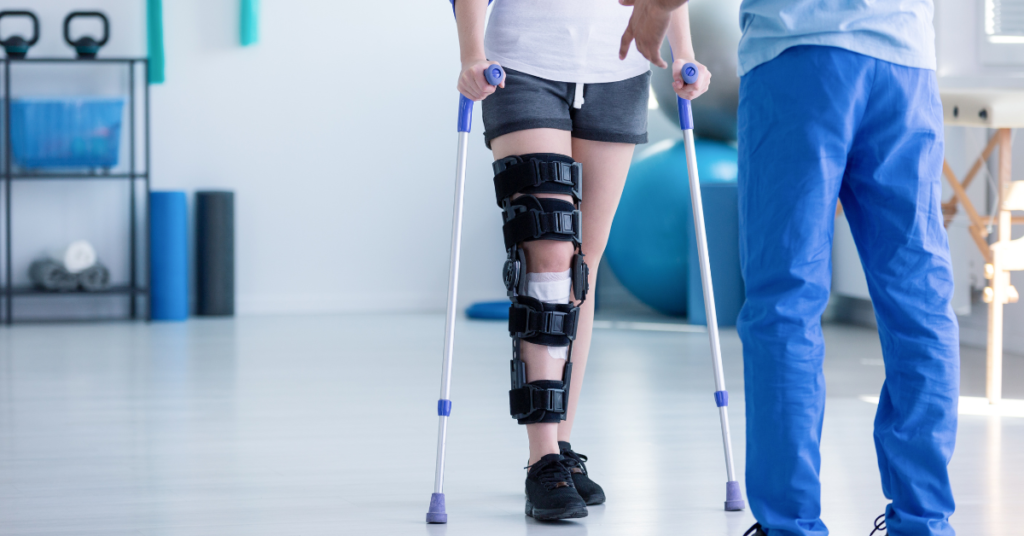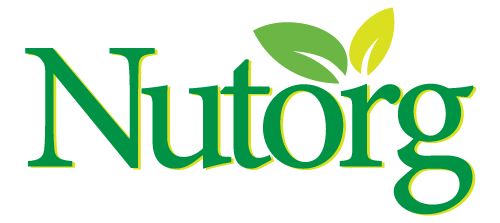
How Rehabilitation Aids in Faster Recovery and Better Case Outcomes
Recovering from serious health events, like a stroke or major injury, can be a complex journey. Rehabilitation plays a pivotal role in ensuring individuals regain as much independence and quality of life as possible. Through structured therapies and a carefully tailored approach, early and continuous rehabilitation can accelerate recovery, improve outcomes, and support individuals in overcoming setbacks.
Importance of Early Rehabilitation in Stroke Recovery
Early rehabilitation in stroke recovery is crucial in maximizing long-term health outcomes. When rehabilitation begins promptly after the onset of a stroke, the brain’s neuroplasticity allows for better adaptation, helping patients regain lost functions and mobility more effectively. Early intervention not only boosts physical recovery but also supports cognitive and emotional health, which are often impacted by stroke. By incorporating movement, speech, and mental exercises soon after the stroke, rehabilitation therapists enable patients to recover at a faster pace, minimizing complications and enhancing resilience to future health setbacks.
Key Stages in Rehabilitation for Optimal Recovery
Rehabilitation follows a structured yet adaptable path designed to support individual needs. This process can be broadly divided into three key stages:
- Acute Stage Rehabilitation: This stage begins as soon as possible post-injury or post-stroke, typically within the hospital. Focused on minimizing complications, this phase includes basic physical therapies aimed at stimulating the affected muscles, improving circulation, and preventing joint stiffness.
- Subacute Rehabilitation: Once the patient is stable, subacute rehabilitation addresses specific impairments and aims to restore daily function. Physical therapists, occupational therapists, and speech therapists work collaboratively to create customized programs, helping patients regain independence in tasks like eating, dressing, and walking.
- Outpatient and Long-Term Rehabilitation: As patients transition out of the hospital, continued therapy supports recovery over months or even years. Patients work on more advanced movements, cognitive exercises, and emotional adjustments to improve overall quality of life. Long-term rehabilitation also emphasizes the importance of community reintegration, making it a critical part of achieving better overall outcomes.
Handling Rehabilitation Setbacks
Handling rehabilitation setbacks is an integral part of the recovery journey. Setbacks, such as increased pain, loss of motivation, or slower-than-expected progress, are common and can be frustrating for both patients and their families. A strategic approach to setbacks emphasizes patience, resilience, and adaptive therapy techniques. By reassessing goals, modifying exercises, and incorporating mental health support, rehabilitation professionals help patients maintain motivation and stay on track. Establishing short-term goals, even when progress seems slow, allows patients to recognize small wins, boosting their confidence and engagement with the rehabilitation process.
Key Therapies for Faster Rehabilitation
- Physical Therapy: Physical therapy focuses on restoring mobility, strength, and flexibility. Therapists guide patients through specific exercises, including gait training, balance drills, and stretching to prevent muscle contractures. Early physical therapy promotes healing, reduces stiffness, and aids in faster recovery, even after severe injuries.
- Occupational Therapy: Occupational therapy is vital in helping patients regain independence in daily tasks. By targeting fine motor skills, dexterity, and adaptive techniques for tasks like eating or dressing, occupational therapy addresses both physical and psychological recovery needs.
- Speech and Cognitive Therapy: For those affected by strokes, speech and cognitive therapy aid in recovering language skills, memory, and problem-solving abilities. This therapy empowers patients to communicate effectively and regain autonomy, which contributes significantly to faster and more comprehensive recovery.
- Psychological and Emotional Support: Mental resilience is critical to overcoming setbacks and sustaining motivation in rehabilitation. Regular counseling or support group involvement can make a profound difference in a patient’s willingness to participate in daily therapy activities. Emotional support also aids in managing frustration and adjusting to lifestyle changes that may arise from long-term rehabilitation.
Role of Family and Support Systems in Rehabilitation
A strong support network can significantly impact a patient’s rehabilitation journey. Families who stay informed and involved help reinforce positive outcomes by encouraging adherence to exercises and providing emotional support during setbacks. Therapists often work with families to educate them on assisting with exercises and understanding the rehabilitation process. This support structure not only fosters better case outcomes but also empowers patients, building a more positive outlook on their recovery path.
Customizing Rehabilitation Programs for Best Outcomes
Individualized rehabilitation programs cater to each patient’s unique needs. Tailoring therapy based on medical history, age, and personal goals enhances the recovery process. For example, a young athlete recovering from a sports injury may need a program focusing on strength and agility, while an elderly patient recovering from a stroke may benefit more from balance and mobility exercises. Personalized plans contribute to sustained improvement, reduce the likelihood of setbacks, and support better long-term recovery outcomes.
Monitoring Progress and Adjusting Rehabilitation Strategies
Regular progress assessments allow therapists to adjust rehabilitation strategies, optimizing exercises, and introducing advanced techniques as the patient progresses. Monitoring metrics such as mobility range, muscle strength, and cognitive ability helps set realistic goals and ensures patients stay motivated by recognizing their progress. Adjustments are essential for managing setbacks, and timely modifications contribute to a smoother recovery journey.
Conclusion: Accelerating Recovery Through Effective Rehabilitation
Effective rehabilitation supports faster recovery and improves case outcomes by combining early intervention, structured phases, targeted therapies, and strong support systems. A comprehensive approach—addressing both physical and mental health—is essential for patients to achieve their fullest potential, even when setbacks occur.
